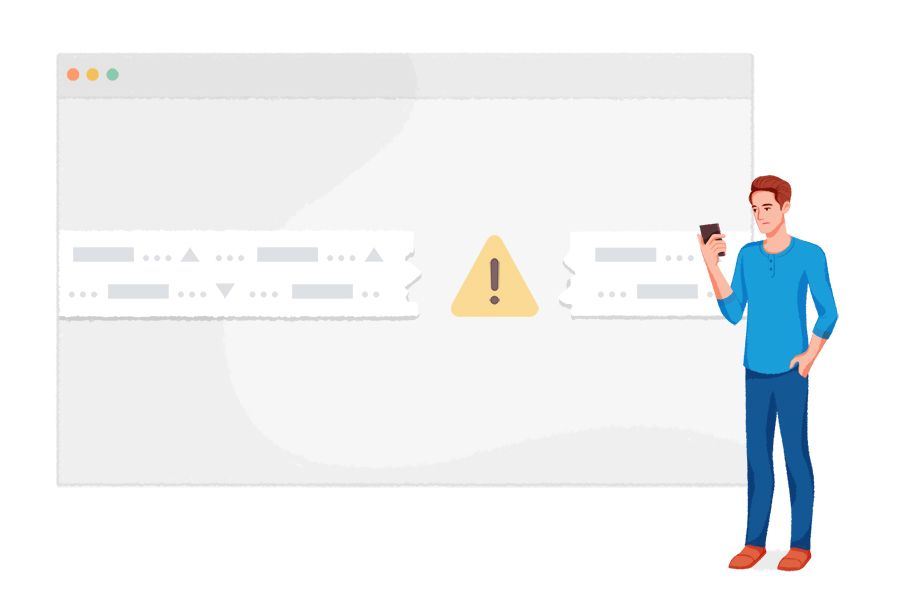Best Low Liquidity ETFs (2025)

Top Low Liquidity ETFs (2025)

Table data not available
Selection criteria: 3M Average Volume: Low | Market Cap: Sorted from Highest to Lowest

Receive real-time market alerts for timely decisions
Monitor your portfolio from the palm of your hands
Watchlist stocks and mutual funds to stay updated

Popular Stock Collections
Popular Mutual Fund Collections
Frequently Asked Questions on Low Liquidity ETFs
What are Low Liquidity ETFs?
Low liquidity ETFs are ETFs with thin trading volumes and wide bid–ask spreads, where buying or selling can move prices and result in higher transaction costs.How to invest in Low Liquidity ETFs?
Here’s how you can invest in low liquidity etfs -- Go to the Tickertape Stock Screener
- Select the 'ETF' sector.
- Add a filter, ‘3M Average Volume’ and select ‘Low’.
- From the low liquidity ETF, analyse and sort the etfs using over 200+ filters—including financials, technical indicators, and more—based on your investment thesis.
- Review the filtered list, and identify stocks that best align with your risk appetite, return expectations, and investment goals.
- Once you've shortlisted the stocks, click ‘Place Order’ to invest in your preferred etfs.
Disclaimer: Please do your own research or consult your financial advisor before investing.
What are some of the top Low Liquidity ETFs listed on NSE?
Top NSE-listed Low Liquidity ETFs in India based on market capitalisation include:- UTI S&P BSE Sensex ETF
- BHARAT Bond ETF-April 2032
- LIC MF S&P BSE Sensex ETF
- Kotak S&P BSE Sensex ETF
- IDBI Gold Exchange Traded Fund
Disclaimer: Please note that the above list is for educational purposes only, and is not recommendatory. Please do your own research or consult your financial advisor before investing.
What are the factors affecting low liquidity ETF prices?
Low liquidity ETF prices face sparse volume, wide spreads, higher impact costs, and reliance on a few authorised participants.What is the future projection for Low Liquidity ETFs?
Driven by niche and government-linked investments, India’s low-liquidity ETFs continue to grow selectively, though trading volumes remain low, with daily turnover often under ₹10 cr.
Disclaimer: This is only for educational purposes as the latest data is derived from major financial research reports.
How to choose Low Liquidity ETFs for investing?
Use for long-term passive allocation. Choose ETFs with strong fundamentals but low trading activity; check tracking error, underlying asset strength, and long-term strategy to avoid exit barriers.
Disclaimer: Please note that this is not a recommendation. Please do your own research or consult your financial advisor before investing.
Do Low Liquidity ETFs offer regular dividends?
These ETFs typically have limited investor interest and may track niche indices. While dividends are possible, they’re irregular and not a primary reason to invest in them.
Disclaimer: The latest data on dividends is derived from Tickertape Stock Screener.
Is Low Liquidity ETFs a good investment for the long term?
May unlock long-term value through niche strategies—like global or ESG themes. Suitable for patient investors seeking strategic allocation, though lower trading volumes can affect entry/exit flexibility.
Disclaimer: Please note that this is not a recommendation. Please do your own research or consult your financial advisor before investing.


















